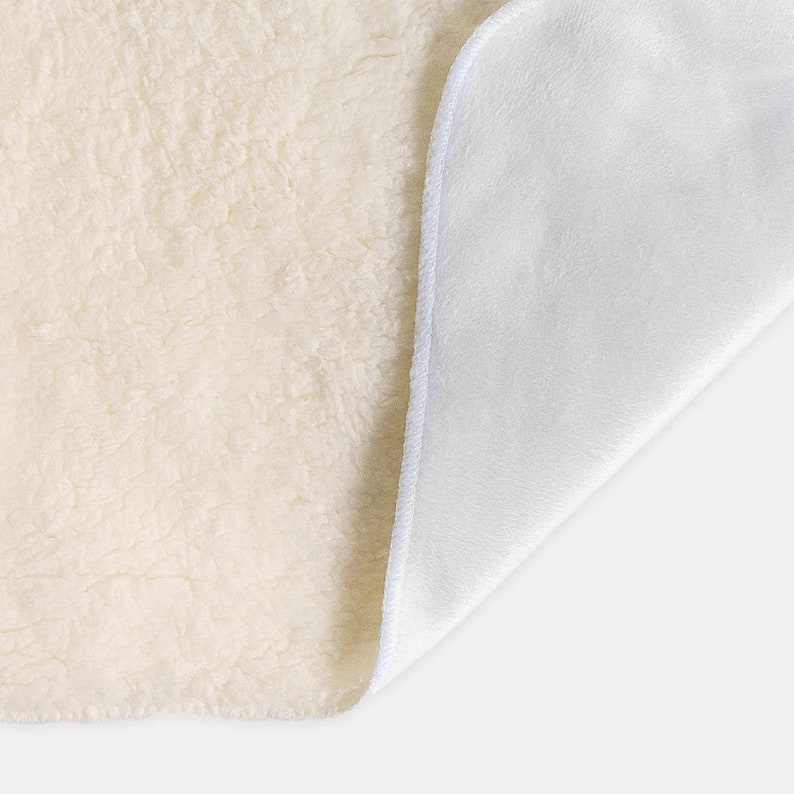

These refinements are at an early stage of development, but the technology is already finding applications in other markets where weight is an expense.įor example, on board the European Space Agency’s space observatory, the Gaia spacecraft uses similar materials in its efforts to split light and help measure the composition of stars more precisely.ĭr Genevet expects that working with established techniques will ultimately make it possible to mass-produce flat lenses more economically than the three-dimensional metamaterials available today.įor all their merit, gallium nitride pillars share one design flaw with most other metamaterials. He has also reduced light absorption by optimising the design of his pillars, increasing the optical transmission of his flat lenses from 60 % to almost 90 %, and is now investigating whether gallium nitride can replace the remaining losses by emitting light of its own. While conventional metamaterials tend to be ill-suited for moving around unnoticed, Dr Genevet fashions his pillars in thin layers that could, in principle, be deposited on flexible surfaces and incorporated into stealth suits. ‘If you want to bend light around sharp angles, you have to use materials that cannot be found in nature,’ said Dr Genevet. The material’s properties provide the potential of someday developing a real-life cloaking device.

Having studied how different-shaped pillars distort light, Dr Genevet can now design lenses that force light in any direction, looping it sideways or backwards on demand.Īll metamaterials can pull off similar feats, but electronic materials like gallium nitride are unusual in that they do so with visible light. The gallium nitride is then carved into pillars that are small enough to create delays in how light waves flow through them. ‘If you want to bend light around sharp angles, you have to use materials that cannot be found in nature.’ Dr Patrice Genevet, CRHEA (Centre de Recherche sur l'Hétéro-Epitaxie et ses Applications), France However, Dr Patrice Genevet from the CRHEA research centre in Valbonne, France, is hoping to address these challenges by using light materials and visual techniques from the electronic display industry.Īs part of his ERC-funded research, FLATLIGHT, Dr Genevet is coating flat lenses with skin-thin layers of gallium nitride, the material that emits blue light in LED displays. Most are also cumbersome to carry and impractical to manufacture.

Soukoulis acknowledged that existing invisibility cloaks still fall short of the standards set by Perseus or Harry Potter and said that ‘most metamaterials still struggle to bend light that is visible to the naked eye’.Īn additional shortcoming is the tendency of metamaterials to absorb part of the light that shines through them, which casts a recognisable shadow. ‘These experiments have demonstrated the underlying physics of a cloaking device,’ said Professor Costas Soukoulis from the Foundation for Research and Technology in Heraklion, Greece, who is also working to develop this technology through a research project called PHOTOMETA, funded by the EU's European Research Council (ERC).īut Prof. Metamaterials have already managed to reroute microwaves, infrared radiation and, given the right circumstances, visible colours, so that they go around metal obstacles and living creatures. Recent progress draws on advances in so-called metamaterials, which are microscopic structures that bend light in unnatural directions. Two research teams have made structures that could help conceal objects from daylight – taking the next step towards making the visible, invisible.


 0 kommentar(er)
0 kommentar(er)
